Evaluating the Performance of Leading Players in the Global Military Ethernet Switches Market
Published: 2025-09-11
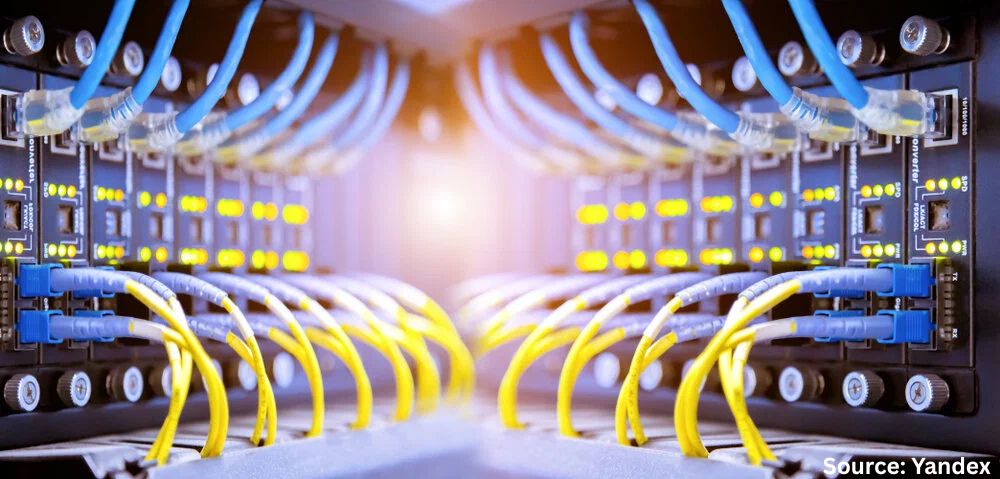
According to Next Move Strategy Consulting, the Military Ethernet Switches Market is expected to grow from USD 358.7 million in 2024 to USD 555.6 million by 2030, with a CAGR of 7.5% during the forecast period due to the increasing demand for secure and reliable communication networks in military operations. As military operations become more complex and integrated the need for robust communication infrastructure grows that highlights the importance of Ethernet switches in ensuring secure high speed data transmission.
MILITARY ETHERNET SWITCHES MARKET OVERVIEW
The military Ethernet switches market is oriented towards the installation and management of high performance and secure network infrastructure for defense and tactical operations. Military Ethernet switches combine cutting edge networking technologies in order to facilitate dependable and high-speed data communication across different military platforms such as naval ships, ground vehicles and airborne systems. The technology is important for advanced defense applications which provides seamless communication, real time data sharing and mission critical operations. The demand is fueled by the expanding requirement for strong networking solutions as well as the expanding use of network centric warfare approaches that improves operational effectiveness and security.
Key players within the market includes Siemens AG, Cisco Systems, Inc., Aeronix, Inc., Amphenol Corporation, Enercon Technologies (Techaya), Curtiss-Wrights, MilDef Group AB, AMETEK, Inc. (Abaco Systems), HMS Networks (Red Lion Controls, Inc), and North Atlantic Industries each contributing significantly to the industry's evolution.
For the latest market share analysis and in-depth military ethernet switches industry insights, Request a FREE Sample
HIGHLIGHTS OF CISCO SYSTEMS, INC.
Cisco Systems is the global leader in the military Ethernet switches market with advanced networking and security solutions perfected for defense as well as mission critical applications. Cisco's operations are categorized into significant segments like Secure and Agile Networks that contributed USD 29.1 billion, Internet for the Future contributing USD 5.9 billion, Collaboration contributing USD 4.3 billion, End-to-End Security at USD 3.9 billion and Services that summed up to USD 13.8 billion. Such categorization in different groups portrays Cisco's all-encompassing approach of providing networking solutions like its specialized products for defense and military purposes.
Geographically, the company evidenced its global span with USD 32.4 billion revenues obtained in the Americas, USD 12.2 billion in the EMEA and USD 7.9 billion in the Asia Pacific. The firm is managed by having about 26000 staff allowing it to run its big scale businesses efficiently and cater to its vast customer base composed of military as well as government agencies.
HIGHLIGHTS OF AMPHENOL CORPORATION
Amphenol Corporation founded in 1932 is one of the global companies that manufactures electronic and fiber optic interconnect systems. Initially the company focused on tube sockets for radio tubes and expanded significantly during World War II as a primary manufacturer of connectors for military hardware. Today the company operates in diverse electronics markets including military and aerospace and other sectors. In the military sector, Amphenol Aerospace offers a range of ruggedized Ethernet switches designed for harsh environments supporting speeds up to 50Gbps per port. These switches are essential for unmanned vehicle systems along with military aircraft and ground vehicle systems which provides reliable and secure network connectivity.
The company has a major sales and manufacturing operations in Europe, Asia Pacific and other regions such as Latin America. This global reach allows it to effectively serve a wide range of industries and markets and maintain its position as a global provider of interconnect solutions.
HIGHLIGHTS OF SIEMENS AG
Siemens AG is a global multinational technology company headquartered in Germany. It is the largest industrial manufacturing company in Europe and a global leader in industrial automation and software. The company operates across various sectors including electrification, automation and others. The company is a major player in the industrial ethernet switch market which innovates high level of military grade switches. Siemens recently upgraded its industrial ethernet switches with its Scalance XC-/XR-300 series that enhances operation technology collaboration and digital transformation capabilities. Siemens has operations in approximately 190 countries and maintains a significant presence in regions such as Europe, United States and Asia Pacific along with Middle East and Africa.
HIGHLIGHTS OF CURTISS-WRIGHT
Curtiss-Wright Corporation is a global technology and manufacturing company founded in 1929 and headquartered in North Carolina. The company also e1volved into a leading provider of critical components and services for the defense and commercial markets. The company operates through two primary business segments namely commercial and aerospace & defence. The company has been developing innovative solutions such as the Parvus DuraNET 20-11 an ultra-small form factor 8-port Gigabit Ethernet switch which is designed for harsh environments. Additionally, it offers the PacStar 448 which is a 10-Gigabit Ethernet switch module for tactical networking to enhance data transmission in military settings.
The company maintains a significant global presence with operations in almost 19 countries with over 95,000 employees worldwide. Their manufacturing facilities are strategically located across the globe including the United States, Canada and others. This huge network supports their diversified end markets and enables them to deliver high-quality products and services globally. The company's global footprint allows it to effectively serve its customers across various sectors that ensures timely and reliable delivery of its advanced technologies and solutions.
HIGHLIGHTS OF MILDEF GROUP AB
MilDef Group AB is a Swedish company founded in 1997 that specializes in rugged IT solutions for defence and security applications. It offers a range of products including rugged computers, network systems and specialized electronics. The company is innovating in the field of military ethernet switches by providing products like the 19"/2 ESW6100 Series which is based on Cisco technology and offers secure data, video and voice services for tactical environments. This series supports Layer 2 and Layer 3 capabilities that ensures high reliability and performance in extreme conditions.
The company creates a strong geographical presence with subsidiaries in several countries including Sweden, Norway and others. The company also expanded its operations by opening a new subsidiary in Denmark to strengthen its position in the Nordic defense sector. Their products and services are sold in over 80 countries that utilizes network of direct sales and partnerships. This global reach allows the company to provide tailored solutions to meet the needs of military and critical infrastructure sectors worldwide.
SUMMARY OF MILITARY ETHERNET SWITCHES INDUSTRY
The military Ethernet switches market is poised for significant growth driven by the increasing need for secure and high-speed communication networks in defence operations. Advancements in cybersecurity is playing a crucial role with major industry players such as Cisco Systems, Amphenol Corporation and others leading innovation. These companies are investing in research and development as well as strategic developments to enhance their capabilities and maintain a competitive edge. The market's expansion highlights the rising demand for robust and cyber-resilient networking solutions that support modern defence strategies and mission-critical operations.
About the Author
 Supratim Bhowmick is a passionate and highly enthusiastic researcher with over two and a half years of experience. He is dedicated to assisting clients in overcoming challenging business obstacles by providing actionable insights through exhaustive research. Supratim has a keen interest in writing articles and blogs, along with content writing. He consistently endeavors to deliver valuable perspectives in these areas.
Supratim Bhowmick is a passionate and highly enthusiastic researcher with over two and a half years of experience. He is dedicated to assisting clients in overcoming challenging business obstacles by providing actionable insights through exhaustive research. Supratim has a keen interest in writing articles and blogs, along with content writing. He consistently endeavors to deliver valuable perspectives in these areas.
About the Reviewer
 Debashree Dey is a skilled Content Writer, PR Specialist, and Assistant Manager with strong expertise in Digital Marketing. She specializes in crafting visibility strategies and delivering impactful, data-driven campaigns. Passionate about creating engaging, audience-focused content, she helps brands strengthen their online presence. Beyond work, she draws inspiration from creative projects and design pursuits.
Debashree Dey is a skilled Content Writer, PR Specialist, and Assistant Manager with strong expertise in Digital Marketing. She specializes in crafting visibility strategies and delivering impactful, data-driven campaigns. Passionate about creating engaging, audience-focused content, she helps brands strengthen their online presence. Beyond work, she draws inspiration from creative projects and design pursuits.
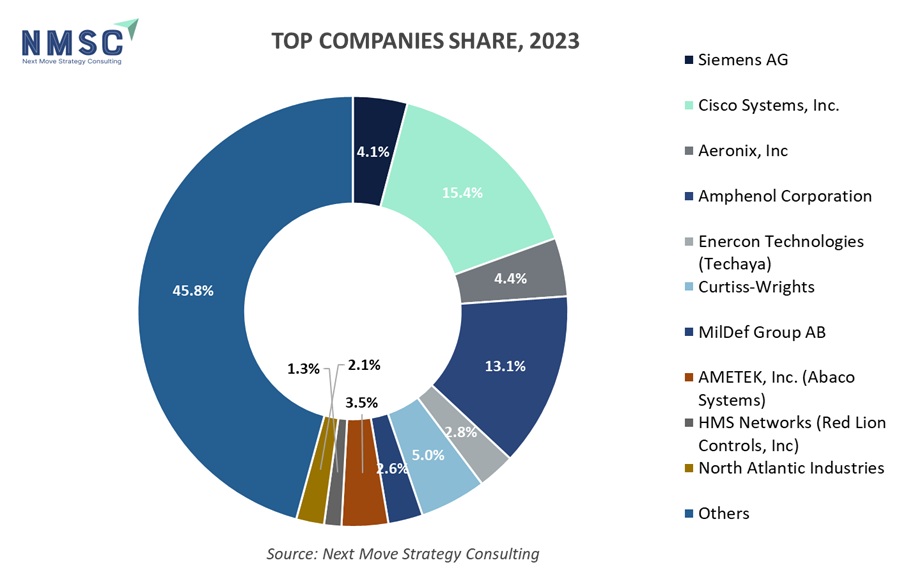
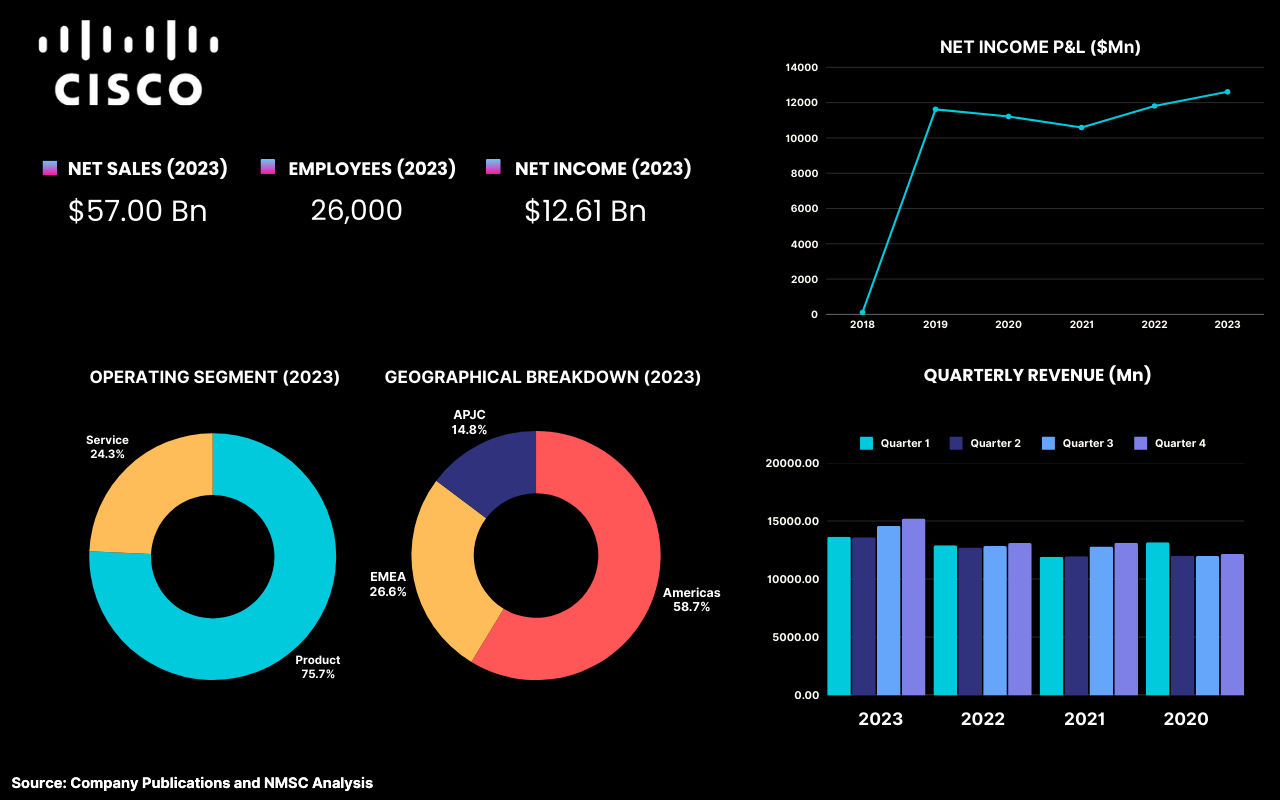
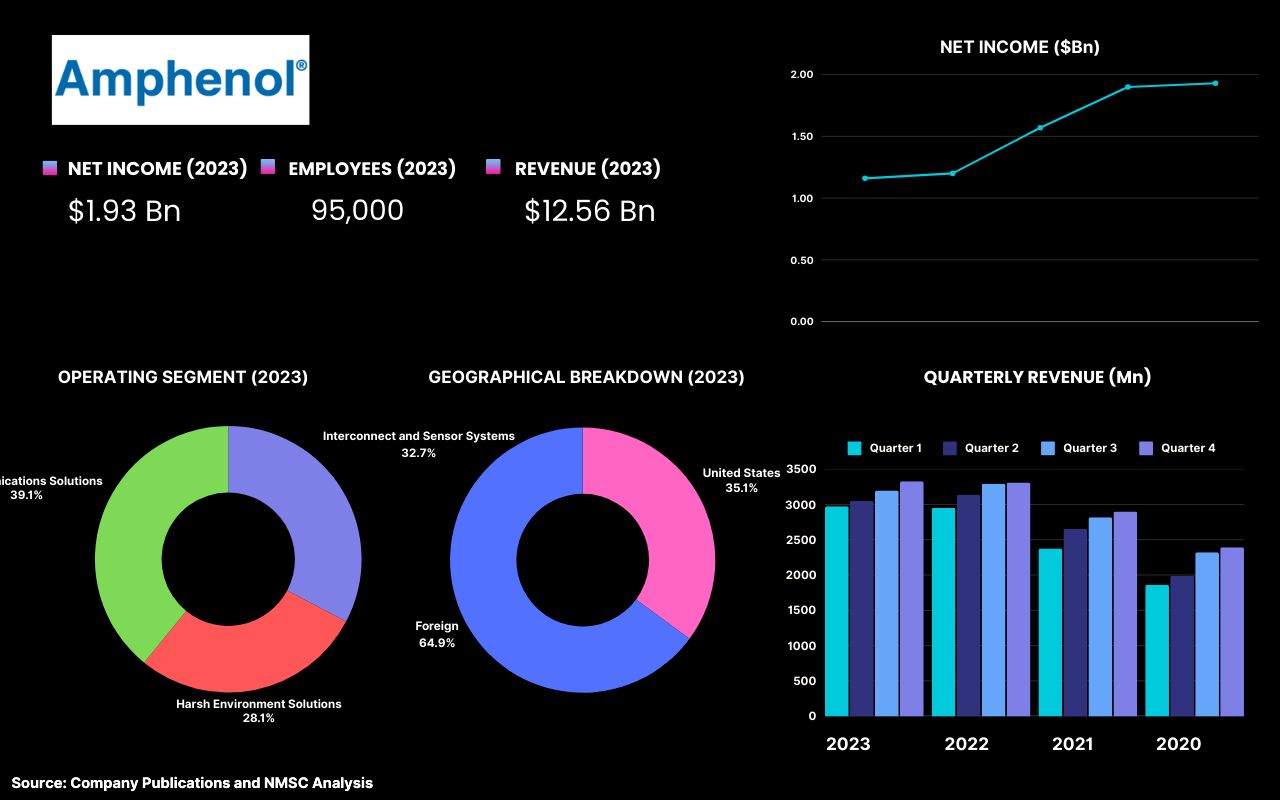
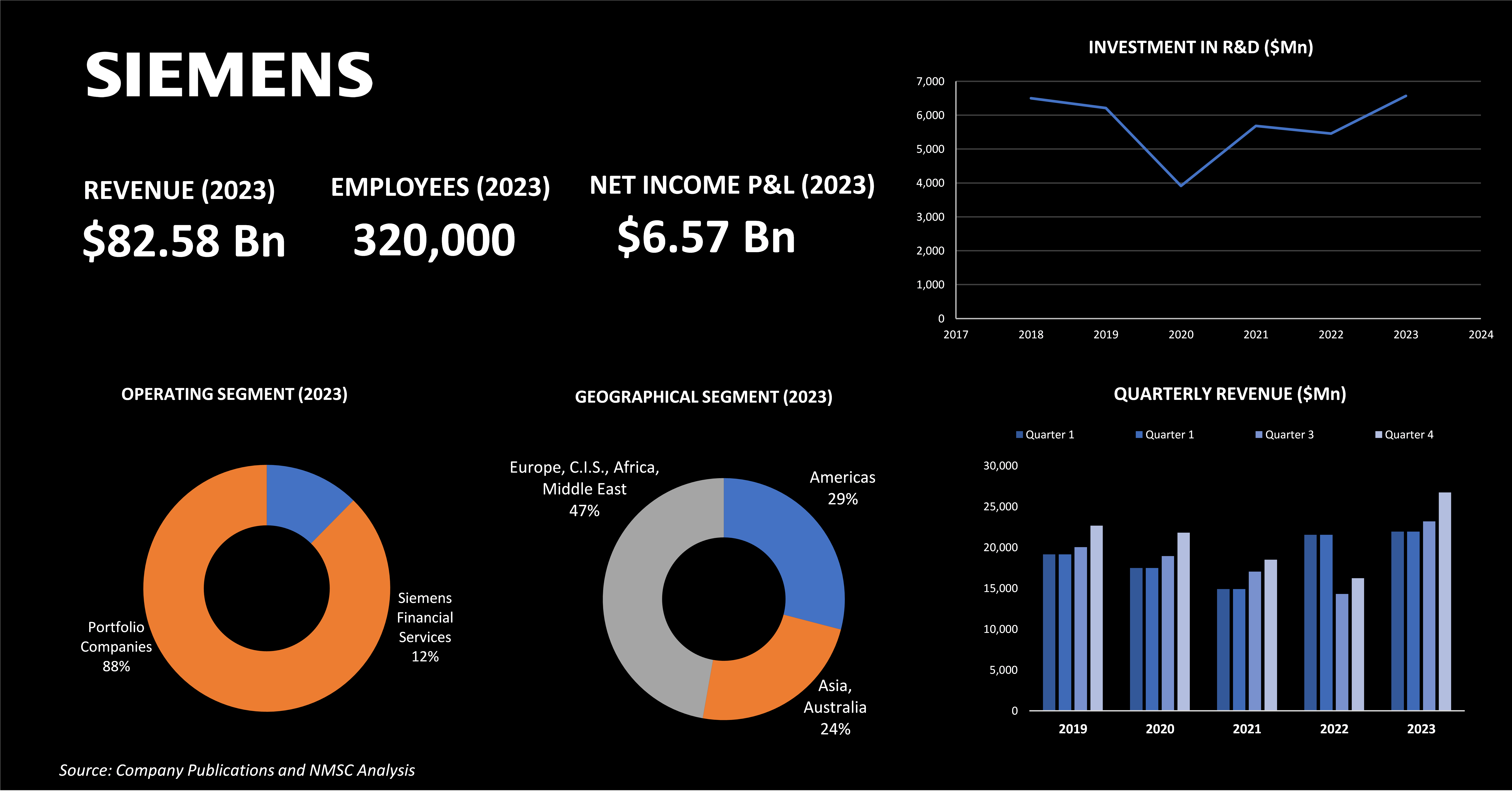

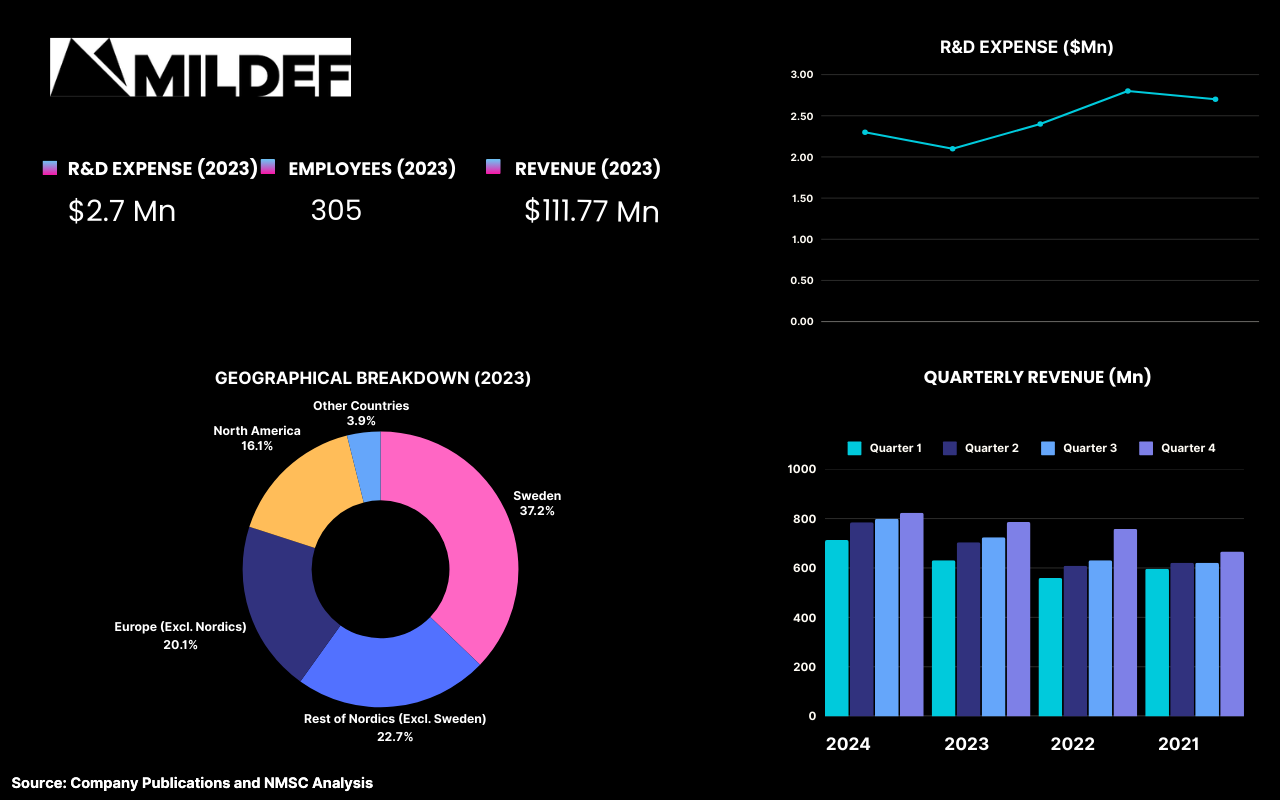








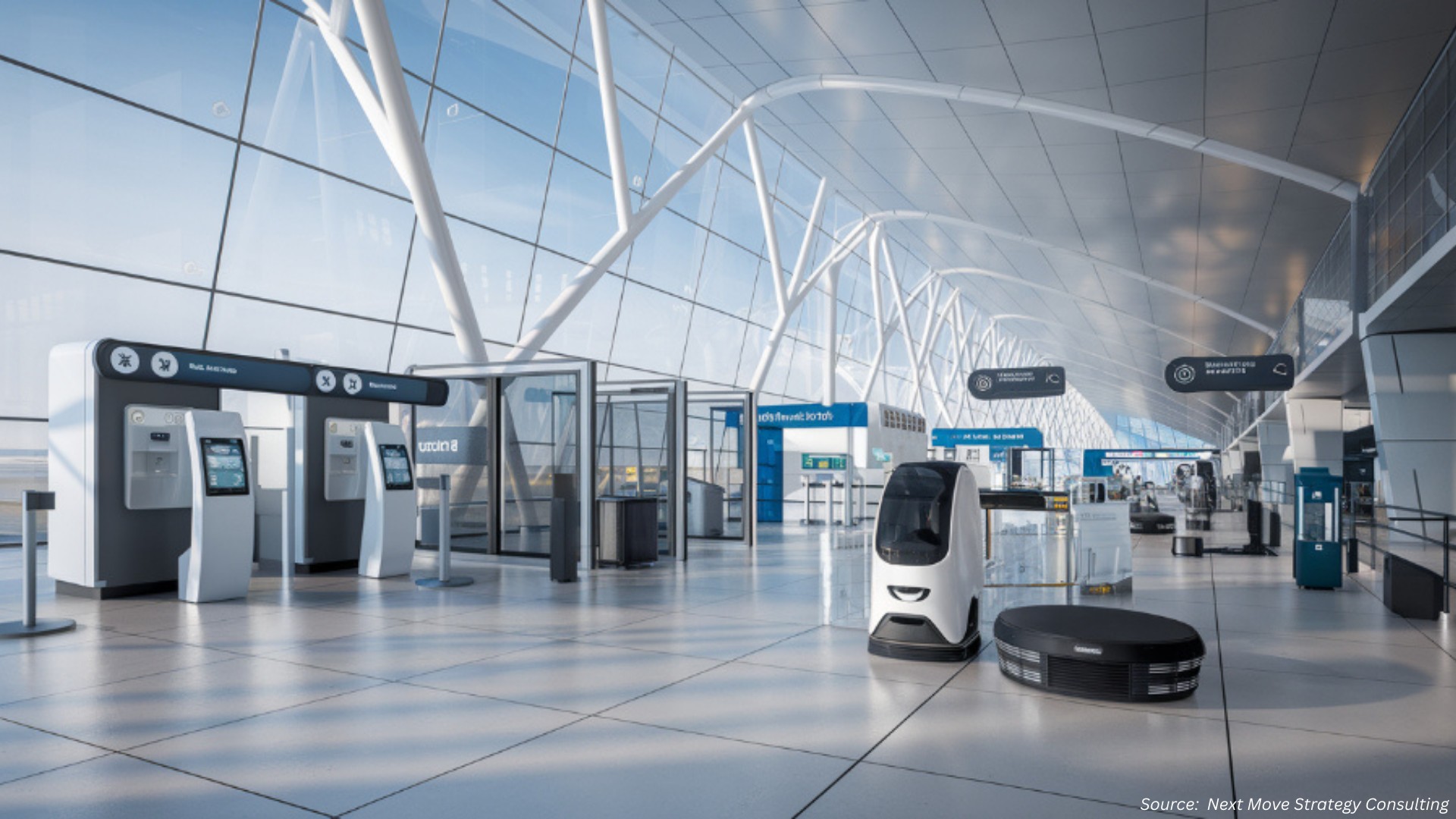

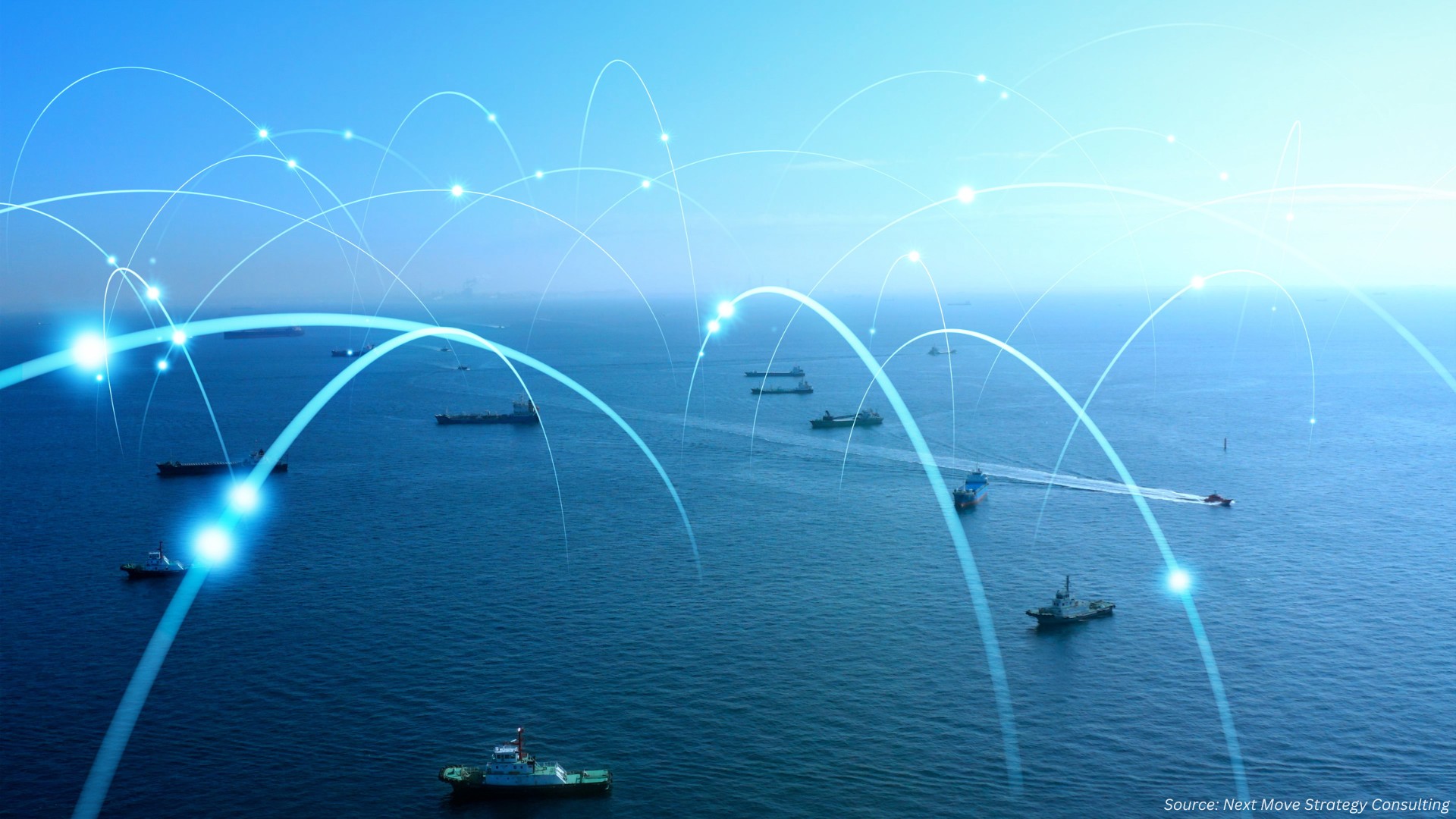





Add Comment